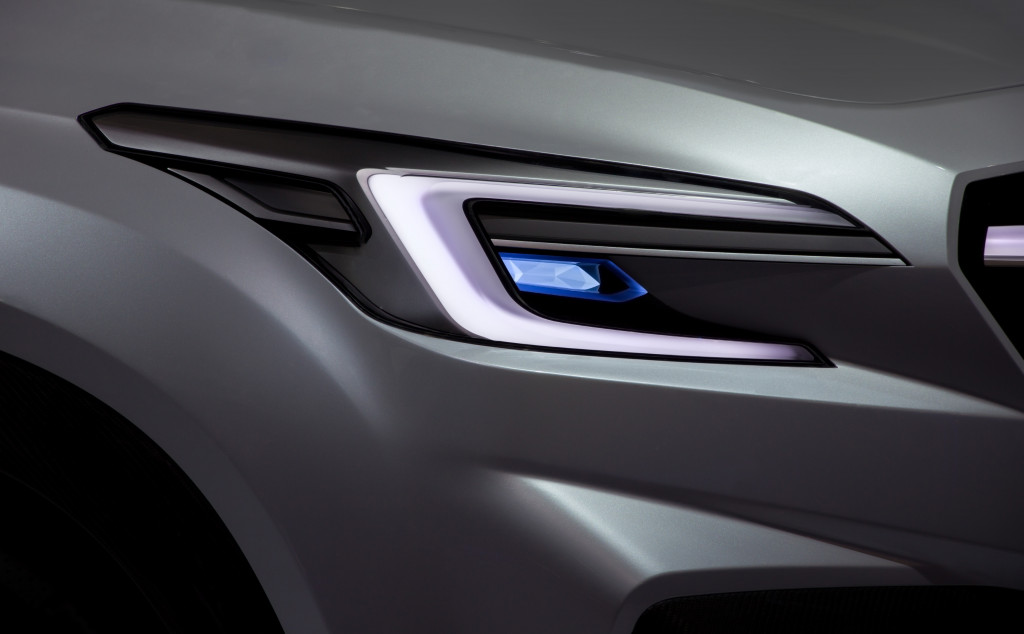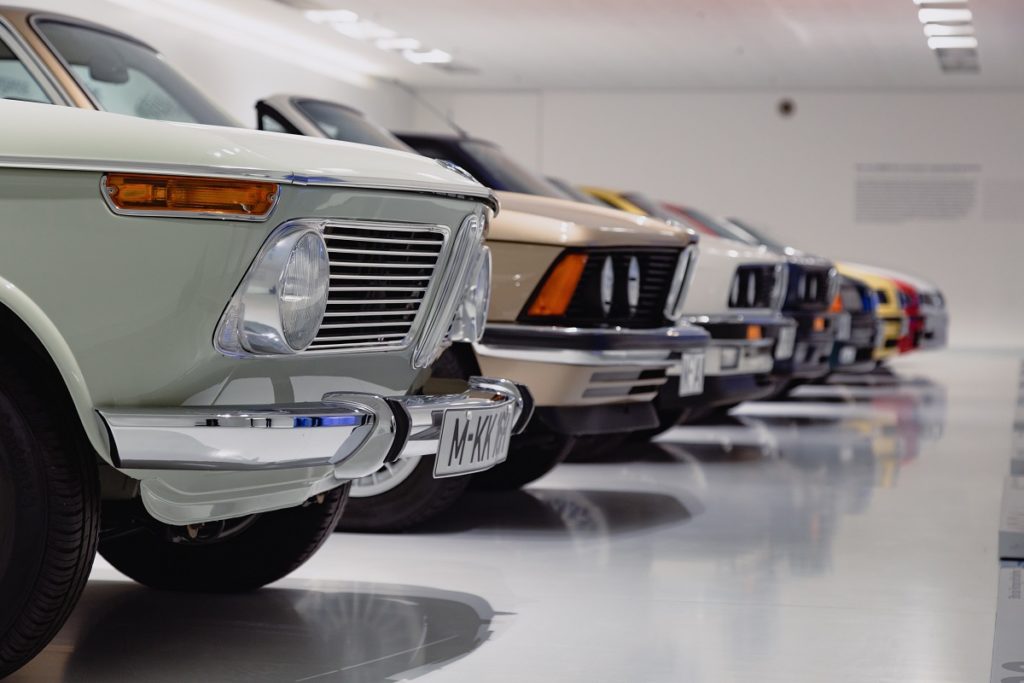Cars have gone a long way—from their basic form of engine-in-a-cart vehicles to the computer-like automobiles that can even drive themselves nowadays. Over the years, we’ve witnessed technology for cars and drivers improve drastically. But how far has car technology evolved? We take a quick overview of how far car technology has come and what lies in the future for us.
Then: Car Radio
Cars and radio have long been culturally tied together. Radios are still being used in cars nowadays, even in the age of the internet. First introduced in 1930, car radios were initially exclusive to AM frequency, which was crucial back then, as radio was the main source of news and information for quite a long time. It was only 1952, 22 years after the first car radio was introduced, when the FM frequency was included. Fast forward to the present time, and we find that cars still have this feature. In addition, many people still associate car rides with listening to music as a way to pass the time.
Now: Computer inside a Car
From radios to full-fledged computers, cars have never been more futuristic. While monitors in cars used to be exclusive to the realm of science fiction, nowadays, we can purchase cars with more than one monitor. These monitors are powered by a computer that does more than just play music. It can display critical car information like fuel, speed, even oil levels. It can also display a highly interactive and accurate map, removing the need to bring around obscenely large maps to find your way. Many of these computers can connect with your smartphone, and they even have a feature that allows a driver to start the engine remotely, tracking the car, and many other amazing features. This innovation is perhaps one of the greatest leaps in car technology and one of the most divisive as well. Many older mechanics often refer to newer cars as “computers with wheels” due to their rather digital nature. But of course, as technology evolves, so will its users.
Then: On-board Diagnostics for Car Mechanics
Car repair has always played a major role in the automotive industry. After all, being such advanced machines, cars needed constant maintenance to make sure they’re safe on the road. In 1994, onboard diagnostics or OBD was introduced, giving every mechanic an easier time when pinpointing what needs repairs. With constant improvements to its technology, diagnosing car problems have become a lot more convenient, which then leads to high rates of efficiency and longer life spans. This has paved the way for more efficient and economical cars that we enjoy up to this day.
Now: Easier Access to Car Repairs

Thanks to the internet, getting services, such as maintaining your Subaru or changing the tires for your Ford, isn’t so difficult anymore. It’s now a matter of typing in your location plus the type of service you need. While we often take this feature for granted, having highly specific service repairs used to require asking and looking around for the repair shop that can do the job for you. Drivers today are very lucky to have this feature, as it results in a car with more consistent performance than ever before.
Then: Power Steering
Another feature that’s often taken for granted nowadays is power steering. The functionality of a car to self-correct its direction is so widely applied to modern automotive that we barely even think about. But in 1951, power steering was a breakthrough. First introduced by Chrysler, power steering used hydraulics to put pressure on the wheels to align itself into a neutral orientation. This made driving a car more accessible, as it no longer required strength or endurance to simply turn a car.
Now: Self-Driving Cars
Now comes the most futuristic of all: self-driving cars. While it’s by no means new technology, only recently did it evolve to such functionality that it can now be used on the road. Helmed by Tesla, self-driving cars are not rare anymore, but it’s still uncommon to see one. A major development with how people view self-driving cars is that it’s not about fully autonomous driving: it’s about driver assistance. It can help drivers to control a car more safely while still giving control to the driver. This development is a welcome addition as car accident statistics remain high, even in an era with highly refined safety features.
Cars will continuously evolve. Despite being still far from the reality of flying cars, we’re fast approaching technology that might be able to facilitate one. Ultimately, we can all just watch in awe as car technology improves leaps and bounds with each passing year.

